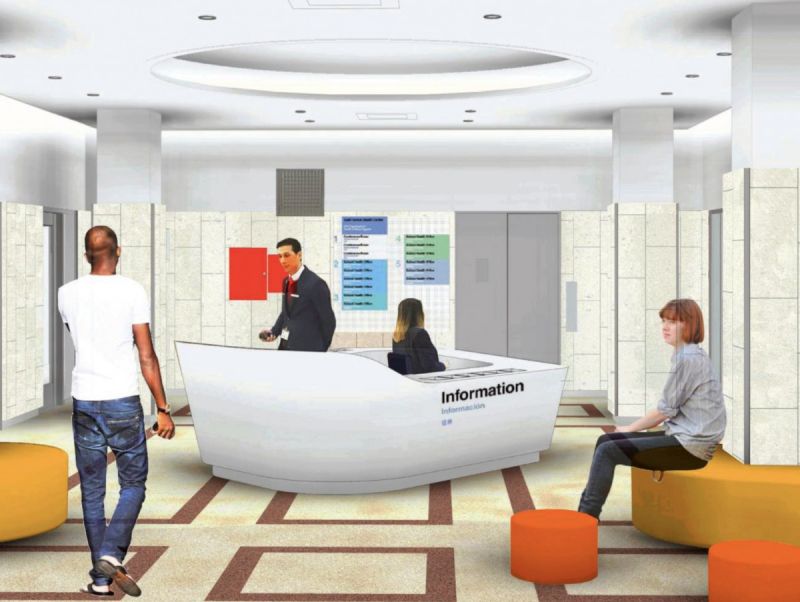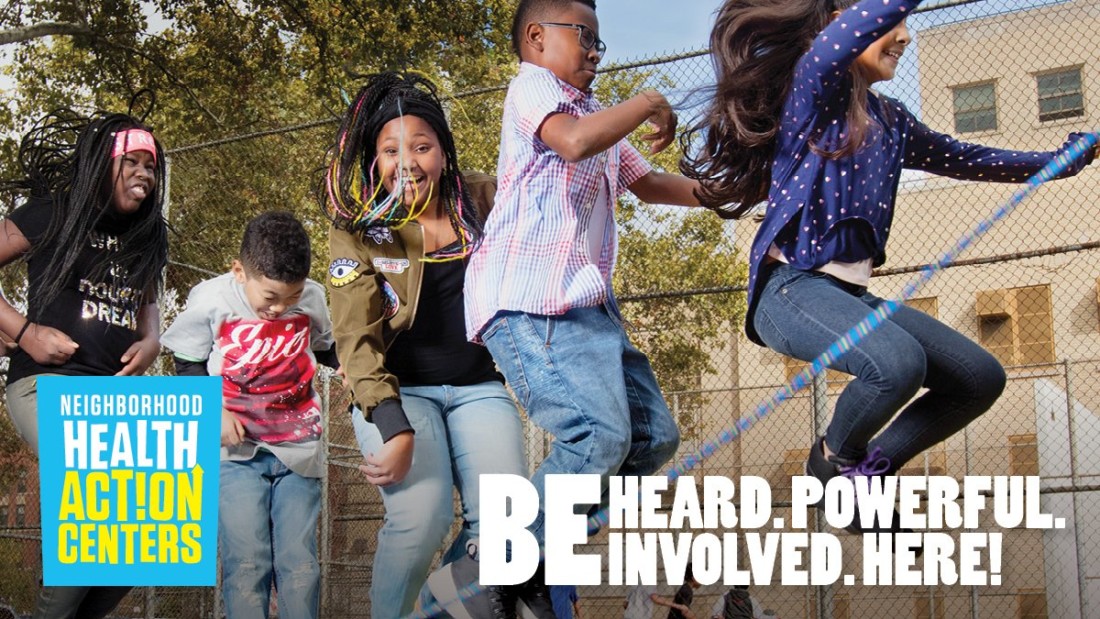
Share On Social!
Imagine: You are a 20-year-old Latina new mother in East Harlem, N.Y.
You already live in a poor neighborhood that has a higher infant mortality rate than the nearby, wealthy Upper East Side.
Now, as you leave the hospital, you need resources to care for yourself and the baby.
Where do you get help?
What if, blocks from your home, there’s a place with workshops on infant safety and bonding? What if it also has a lactation room? What if it also has yoga and dance classes? What if it also offers primary care, mental health care, screenings, and vaccinations? What if you apply there for insurance, and get referrals to other local services, too?
 In New York, city leaders are creating these “Neighborhood Health Action Centers.”
In New York, city leaders are creating these “Neighborhood Health Action Centers.”
Dr. Mary T. Bassett, the city’s health commissioner, wrote a Next City op-ed on these centers, which aim to improve health before people get sick.
“We want to bring together city agencies to pool resources that will provide for the underserved, because we know that good health is tied to improved education, low unemployment and better housing,” Bassett wrote.
Bassett described the new-mother scenario mentioned above in the op-ed.
Neighborhood Health Action Centers cover these new mothers, and much more.
The centers offer primary care, space for community organizing, and connections to local activities and social services—all under one roof.
For example, one of three current action centers recently added a new four-mile walking trail in East Harlem. It also offers a weekly healthy cooking program that gives attendees coupons to buy fruits and veggies at local farmers markets.
“But by addressing the gaps related to safe, walkable community space, and by providing opportunities for people to buy healthy food that is often too expensive for them, we are addressing the structural racism that affects health outcomes in communities of color,” Bassett wrote.
These types of centers thrive on city support, community partnerships, and neighborhood participation, according to Bassett.
For example, the Tremont Neighborhood Health Action Center involves the Bronx Smoke-Free Partnership, NYC Health + Hospitals, New York City Teens Connection, Shop Healthy Bronx, Campaign for a Healthier Bronx, and the Office of Faith Based Initiatives.
“We will work in unison with community organizers and those who are on the front lines of social and racial justice,” Bassett wrote. “This joint commitment will be a foundation of a stronger, more vibrant and healthy community.”
Do you think a neighborhood health center could work in your community?
By The Numbers
25.1
percent
of Latinos remain without health insurance coverage



